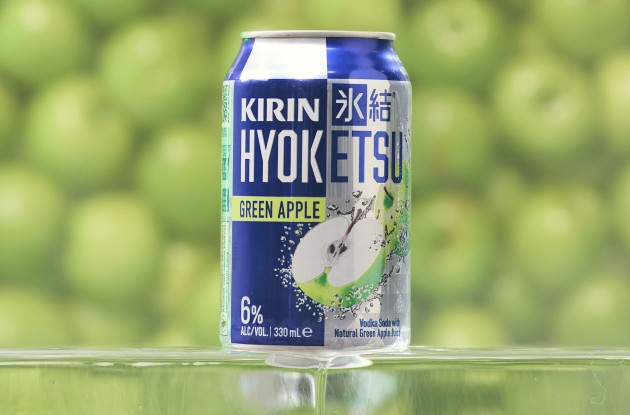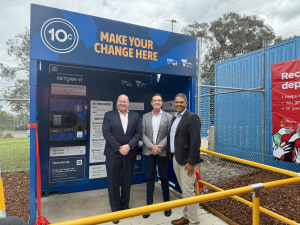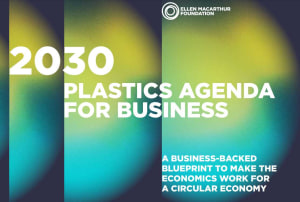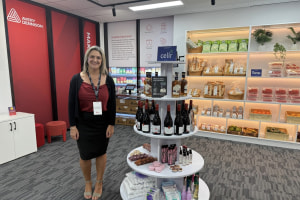With beverage company, Lion, releasing the latest flavour for its Japanese-style ready-to-drink, Kirin Hyoketsu, Food & Drink Business spoke with Lion director of RTD and Spirits, Albertus Lombard, to discuss the company's portfolio and recent market trends.
Tell us about Lion’s RTD portfolio and how Hyoketsu fits into it.
We’re proud to be growing with purpose – backed by a clear strategy, passionate teams, and a portfolio of standout brands that cut through with today’s consumers.
At the core of our approach is a belief that we’re not only creating drinks, but we’re also creating emotional experiences. We design our RTDs to suit every taste, pace, and occasion.
Kirin Hyoketsu leads the charge, introducing Australians to the crisp, clean refreshing taste of Japanese-style RTDs. It’s modern, light, delicious and designed to feel fresh every time.
Alongside it, our James Squire RTD range brings a mix of heritage and innovation which reimagines classic flavours for today’s drinker.
Most recently, we welcomed XXXX Ginger to the family. It’s a bold, refreshing take on ginger that stays true to one of Australia’s most iconic beer brands. It’s more than an addition; it’s also a signal of what’s to come.
RTD consumption jumped during Covid, what has happened since then?
We’re focused on future growth by leaning into consumer insights, global trends, and emerging innovation. That means exploring new formats, flavours, and collaborations that keep our brands fresh and exciting.
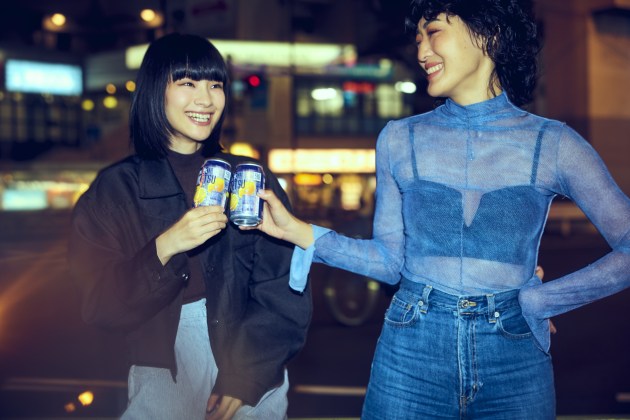
Source: Lion
For us, RTDs aren’t a passing trend, they’re a fast-moving, highly dynamic category. Light RTDs – especially vodka-based options – are seeing the biggest growth largely driven by demand for flavour.
A lot of this growth is coming from brands less than five years old, underscoring the segment’s role in driving innovation. In contrast, dark RTDs have remained relatively flat, with fewer entrants and less disruption.
The ginger beer category has begun to stabilise, and seltzers are losing ground to light RTDs. Interestingly, agave flavours are small but growing. The biggest opportunities lie with bold, fresh and flavour-forward offerings.
When and where are people consuming RTDs?
The way people enjoy RTDs is shifting. Once mostly tied to high-energy social occasions, we’re now seeing more RTDs being enjoyed at home, especially as the cost of living puts pressure on nights out.
That doesn’t mean the fun is gone, it just looks different. Gen Z are choosing RTDs for low-key occasions and meals with friends. Millennials and Gen X are enjoying them during quiet nights in, often in front of the TV. And for Baby Boomers, it’s even more about comfort, as RTDs have become a go-to for relaxed, solo moments.
There’s a huge opportunity for brands to show up in these new, slower-paced settings. By positioning RTDs as versatile – great for both entertaining and unwinding – we can unlock fresh relevance across a wider range of drinking occasions.
What do you see in terms of consumer loyalty with RTDs?
RTD loyalty really varies by segment. Dark RTDs tend to see stronger brand loyalty, largely because they’re built around well-known spirits brands with established trust and consistency.
Light RTDs, however, are far more fluid. Over a third of shoppers say they’re willing to switch brands based on what they see in-store. That makes it a highly competitive space, but also one packed with opportunities for brands that can stand out and innovate quickly.
This article first appeared in the June/July 2025 edition of Food & Drink Business magazine.



